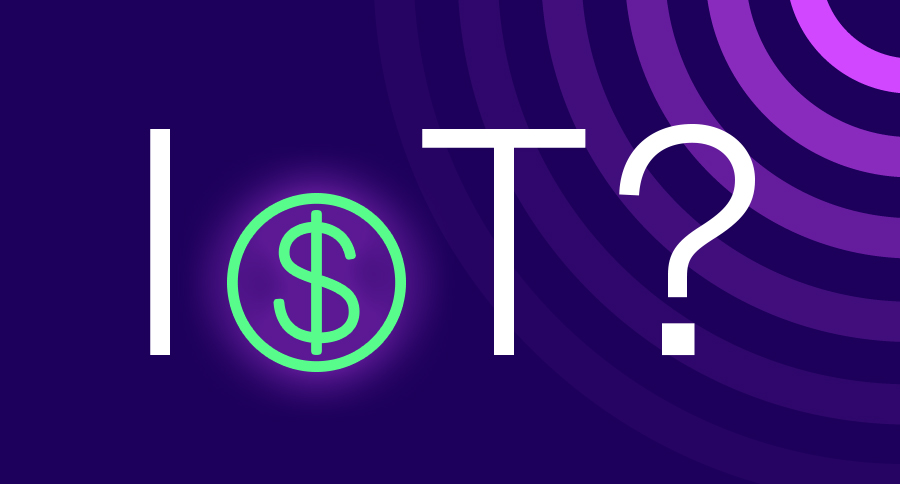Solutions
IoT Roaming Monetization
Billions of smart devices are connected in smart homes, cars, factories, cities and just about anywhere. Innovative digital services provide a immense opportunity for new revenue streams.

Market Challenges
How can the potential of IoT be realized? What capabilities do operators need to be able to take advantage of the opportunities?
See how we support these challengesDigitalization
Detection
Commercial models

Uncover the Potential of the IoT Roaming Business
Operators are increasingly pursuing enterprise customers to address their needs for global connectivity through IoT roaming. The outlook for IoT roaming is promising and improving with new use cases and technology enablers.

Automating the entire wholesale value chain
The first step towards monetization starts with the discovery of the IoT opportunity. TOMIA’s solution uncovers hidden devices seamlessly, including the silent ones, to automate the entire wholesale agreement lifecycle from detection to segmentation, charging, network management, and settlement.
- Several detection methods including device-based, duration and usage behavior, and machine learning (ML).
- Simplified onboarding of enterprises and automatic alignment of IoT segments with settlement processes, TAP or BCE.
- Differentiated IoT charging models, in TAP or BCE, through a single agreement interface.
- Automated reconciliation process allowing reduction of IoT settlement cycles from yearly based to quarterly based.
- Automatic detection of NB-IoT and 5G devices and network management control to protect wholesale costs.
Relevant Assets
Embark on the IoT Roaming Journey
Shedding light on the darkness with TOMIA’s IoT roaming monetization platform.
Download WhitepaperOur customers
Case Studies
Turning IoT Roaming into a Profitable Business
Starts by understanding the potential value of all IoT devices in your network.
Read the Success StorySupercharging Your IoT Roaming
Integrating IoT detection capabilities with the BCE settlement process
Read the Success StoryRelated Resources

The Promise of the IoT Roaming Business Is a 4-Fold Increase. Can MNOs Make It?
Read more

